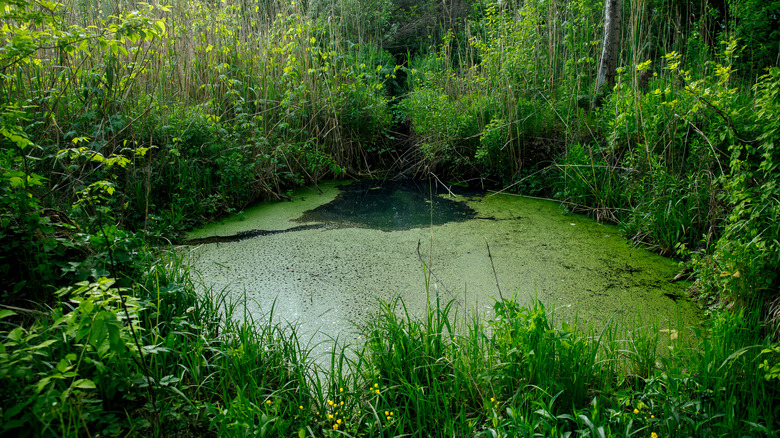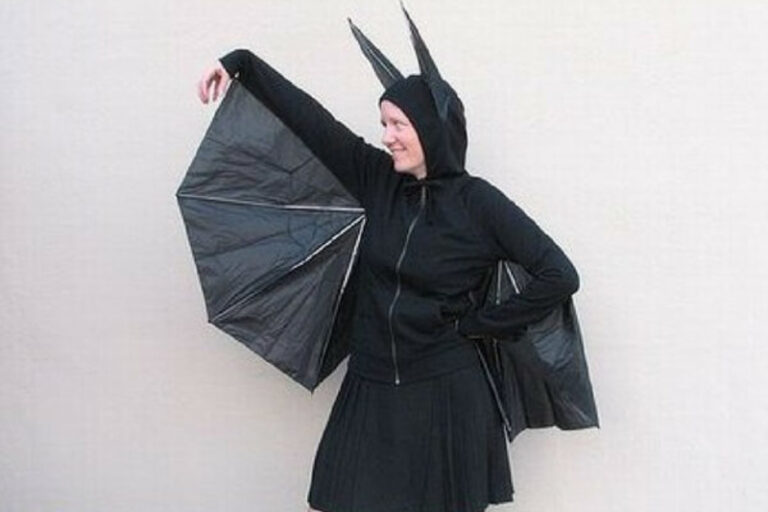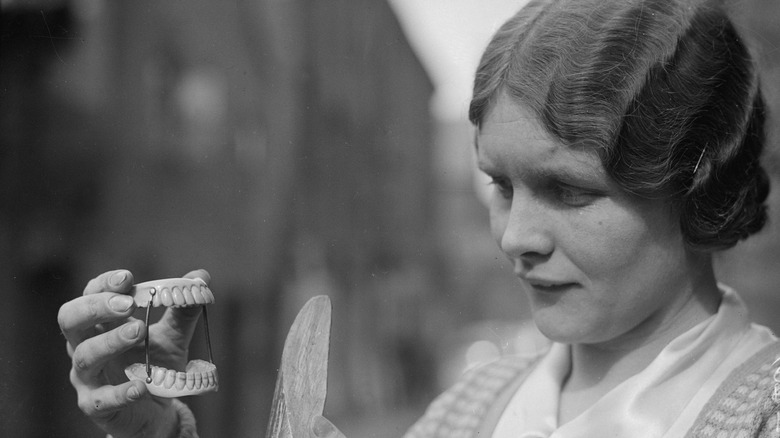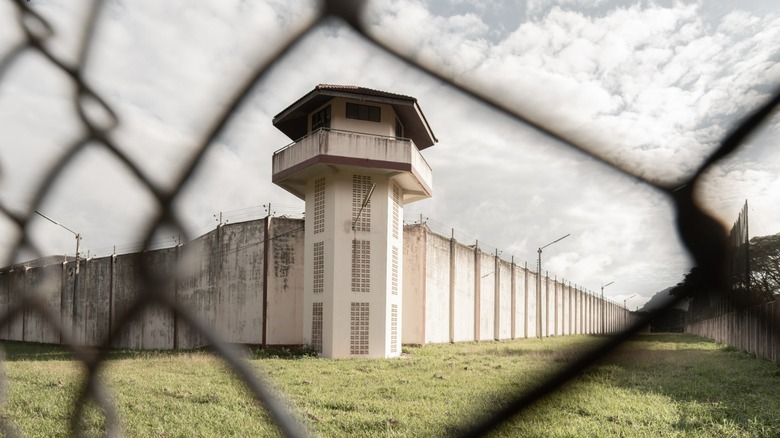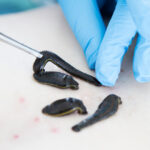
The Truth About Leech Collecting In The 1800s
Medicine has always relied on tools, such as syringes, forceps, and scalpels, among hundreds if not thousands of others, all with varying levels of sophistication. When there’s a shortage of those tools, it can bode ill for the general public. For example, as the New England Journal of Medicine reported, at the beginning of the COVID-19 pandemic, there were concerns about a shortage of ventilators, possibly leading to deaths of patients who could otherwise be treated. Looking back even further to the 1800s, medical schools were so short of cadavers to study, according to Smithsonian, that grave robbing became a thriving industry.
For a time, the medical community went all-in on the therapeutic value of leeches, parasitic worms who suck blood from their hosts. The prevailing theory at the time was that most diseases could be cured by relieving the patient of his blood, according to Ripley’s, and leeches did the job somewhat painlessly and with some degree of control. That meant that the creatures were highly sought-after, and when traditional suppliers failed to meet demand — they used to be shipped from Germany to America — enterprising individuals began harvesting the critters for themselves and selling them to the medical community.
Collecting leeches was every bit as disgusting as it sounds
Collecting leeches is a remarkably straightforward process. Find a swamp, put some bait into it, wait for the leeches to attach, harvest them, and sell them for profit. According to Ripley’s, the job was generally done by poorer people, particularly women. One method involved using the legs of an older and useless horse as bait. Another method eliminated the middle man, so to speak, and involved the collectors using their own legs as bait. The collector, once bitten, would have to wait about 20 minutes to remove the worm, as it’s generally easier to get rid of a leech once it’s gorged on blood. Workers who subjected themselves to these conditions often caught diseases, or at the very least, were weakened by blood loss at the end of a day’s work. Fortunately, medicine eventually moved on from using leeches in favor of other therapies, and the practice of leech collecting died out.
As it turns out, however, leeches are still used in medicine today, according to Healthline, albeit for very specific purposes. The worms produce peptides and proteins that help to prevent blood clots, and as such, they’re sometimes used in plastic surgery or microsurgery. However, the medical community gets its leeches these days not from freelance collectors risking their own health, but from farms.

The Reason John Lennon And Yoko Ono Sent Acorns To World Leaders

The Truth About Jackie Robinson's Involvement In A Street Gang

The Truth About The Deadly Six Flags Haunted Castle Disaster
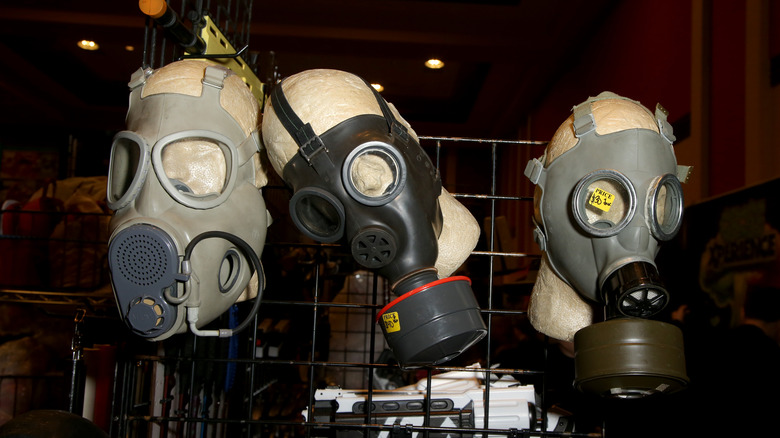
Who Invented The Gas Mask?

Here's What The Bible Really Says About Getting Revenge

Here's What Was Found In Hitler's Last Will

The Truth About Underground Boxing Matches On New York's Hart Island
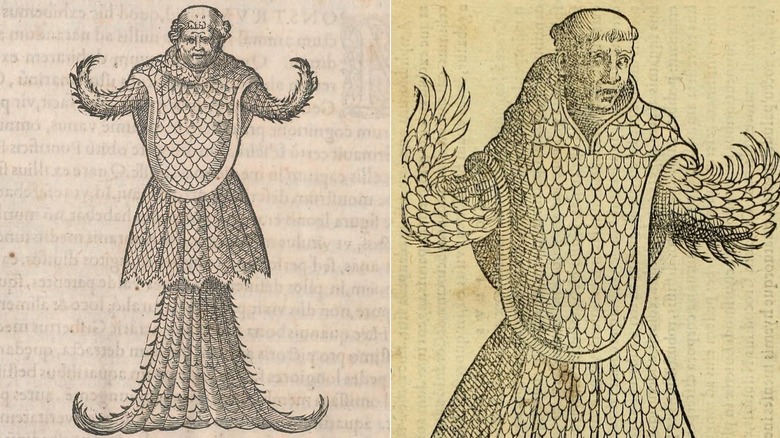
The Mythology Of Sea Monks Explained

Here's How Many Victims Jerry Brudos Actually Had
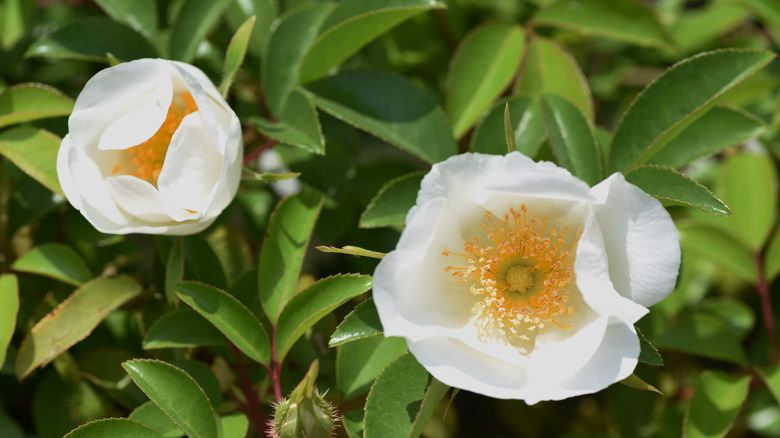
A Look At The Legend Of The Cherokee Rose
